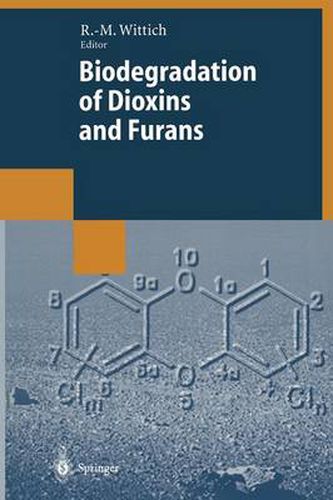Readings Newsletter
Become a Readings Member to make your shopping experience even easier.
Sign in or sign up for free!
You’re not far away from qualifying for FREE standard shipping within Australia
You’ve qualified for FREE standard shipping within Australia
The cart is loading…






This title is printed to order. This book may have been self-published. If so, we cannot guarantee the quality of the content. In the main most books will have gone through the editing process however some may not. We therefore suggest that you be aware of this before ordering this book. If in doubt check either the author or publisher’s details as we are unable to accept any returns unless they are faulty. Please contact us if you have any questions.
Bioremediation of organic pollutants and heavy metals by use of microorganisms represents a safe, inexpensive, and environmentally-friendly concept in modern environmental engineering. During the last three decades intense efforts have been made by microbiologists and environmental engineers in the isolation and characterization of microorganisms capable of degradation, transformation and detoxification of recalcitrant chemical compounds of environmental concern: (polyhalogenated) dibenzo-p-dioxins, dibenzofurans, and diphenyl ethers. Special emphasis is placed on the potential of molecular biology techniques to improve presently available biocatalysts.
$9.00 standard shipping within Australia
FREE standard shipping within Australia for orders over $100.00
Express & International shipping calculated at checkout
This title is printed to order. This book may have been self-published. If so, we cannot guarantee the quality of the content. In the main most books will have gone through the editing process however some may not. We therefore suggest that you be aware of this before ordering this book. If in doubt check either the author or publisher’s details as we are unable to accept any returns unless they are faulty. Please contact us if you have any questions.
Bioremediation of organic pollutants and heavy metals by use of microorganisms represents a safe, inexpensive, and environmentally-friendly concept in modern environmental engineering. During the last three decades intense efforts have been made by microbiologists and environmental engineers in the isolation and characterization of microorganisms capable of degradation, transformation and detoxification of recalcitrant chemical compounds of environmental concern: (polyhalogenated) dibenzo-p-dioxins, dibenzofurans, and diphenyl ethers. Special emphasis is placed on the potential of molecular biology techniques to improve presently available biocatalysts.